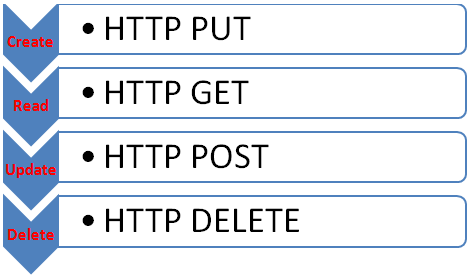How does your browser know that if you have clicked on a link with a PDF file, that an in-built PDF viewer should be opened? How is your email software able to show images embedded within an email? How is it able to show attachments seperately from the body of the email? The answer is due to a standard called MIME or Multipurpose Internet Mail Extensions. Continue reading “Understanding MIME”
Tag: HTTP
Putting traditional APIs to REST
In the last post, we saw how every company is building an API for its services. Other companies can then access the services in their own apps. This builds an ecosystem around the company’s services and the company builds both its reputation and its business. But you will see that companies are now building ‘REST’ APIs. REST stands for REpresentational State Tranformation. It is a clunky, overly technical term that even those from technology fail to understand, let alone hope to build an API which is ‘REST-compliant’. In this post, I will completely dejargonise the term and explain to you what it means by taking a very common activity: Reading a book, inserting bookmarks and marking with a highlighter.

